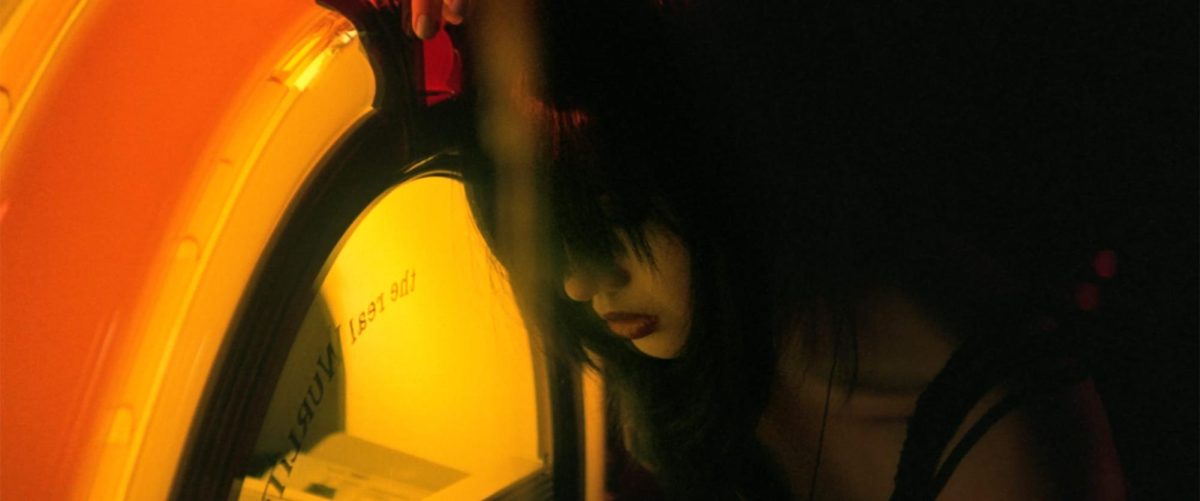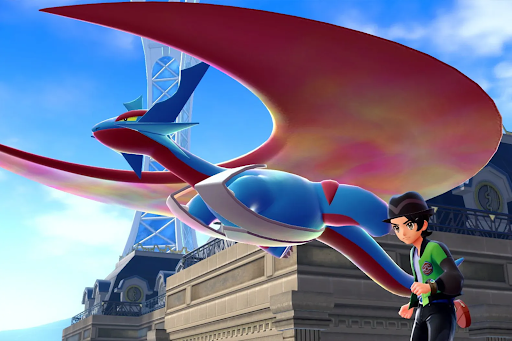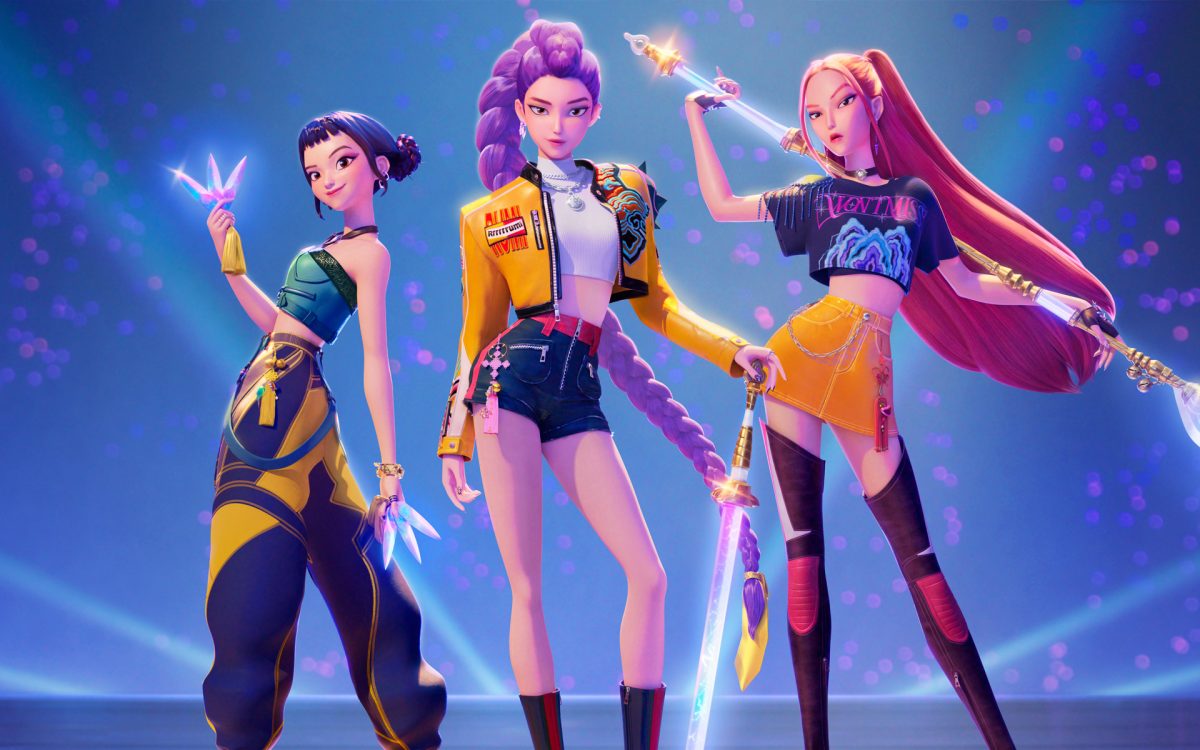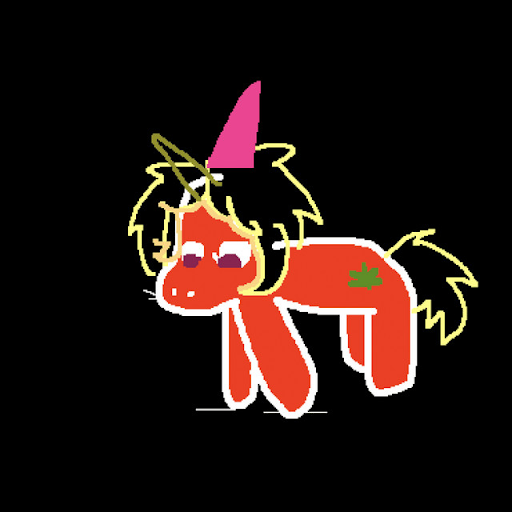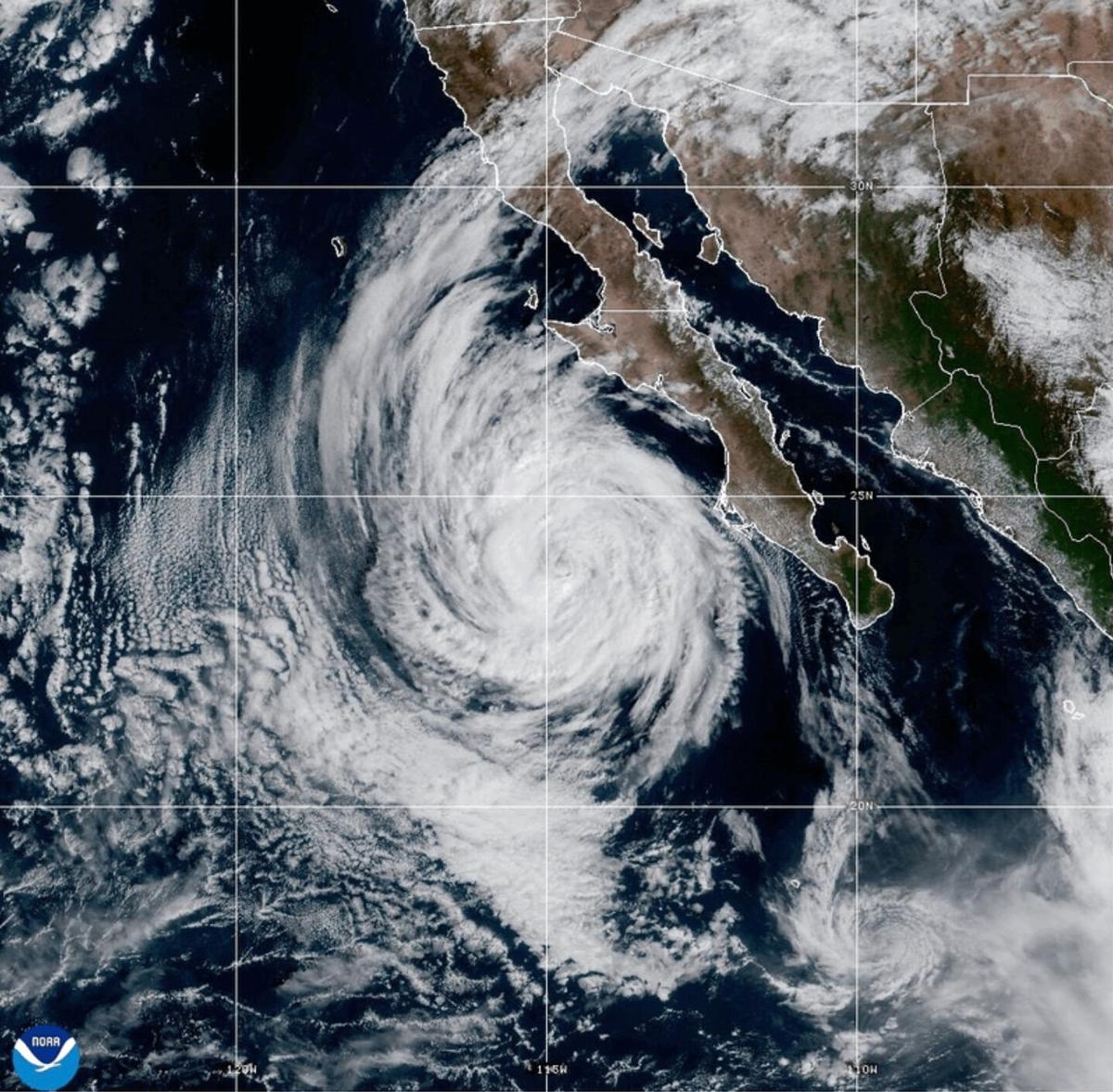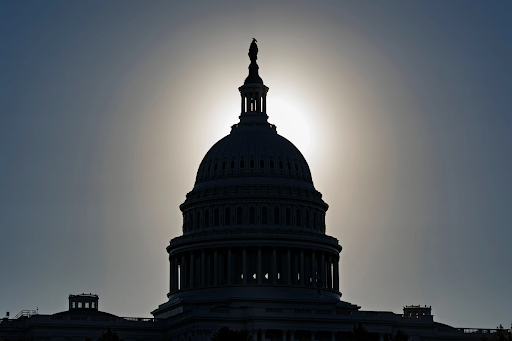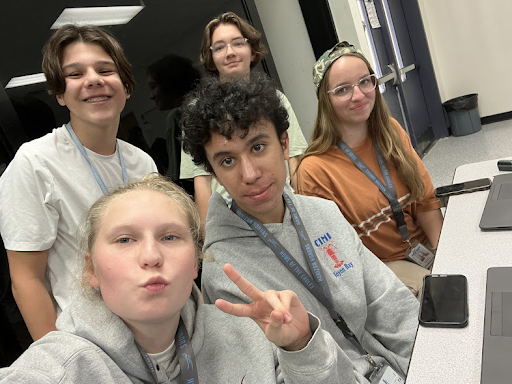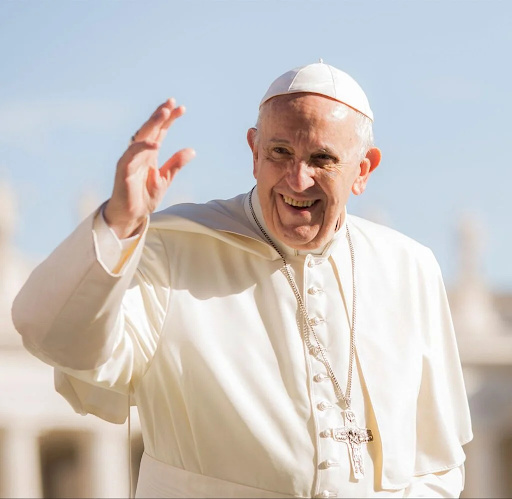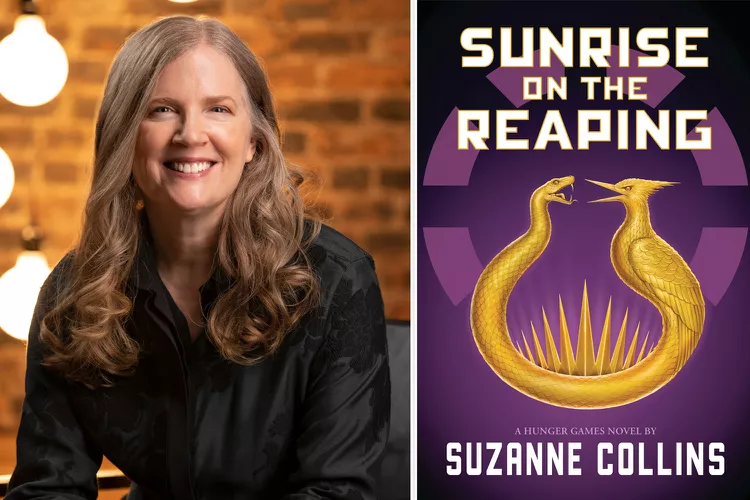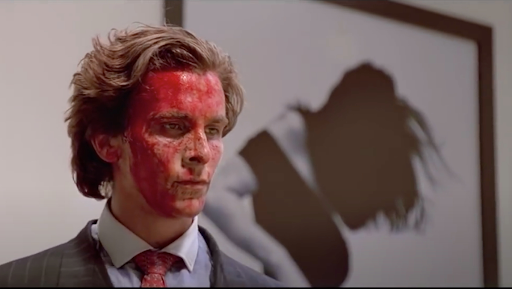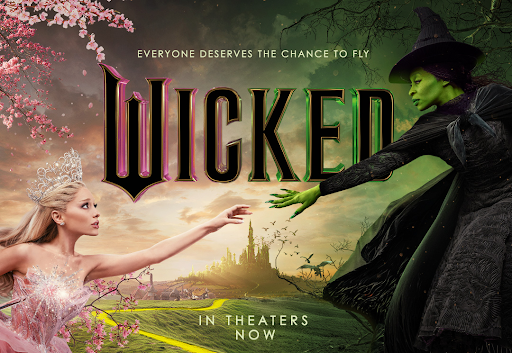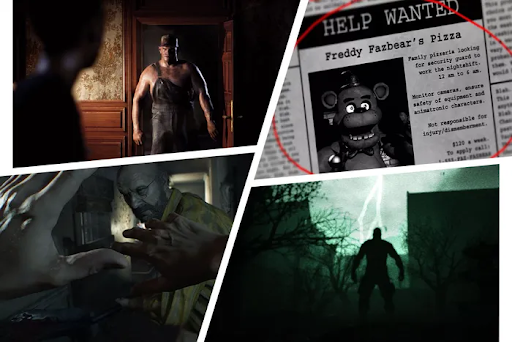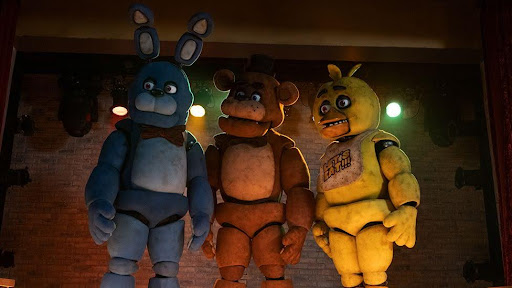Hong Kong director, writer and producer Wong Kar-wai is a highly influential artist and auteur in the world of film. To be an auteur is to be distinctive and have a strong, cohesive filmography that is thematically and technically impressive. Within his 11 feature-length films, Wong has created and progressed cinema, creating an impressive catalogue of well-developed and complex stories and characters.
Much of Wong’s identity as a filmmaker comes from thematic motif, as well as the overall perspective he presents to his audience. In his films, Wong mainly explores emotion and feeling. Among these emotions, the most commonly seen is that of love. He boldly writes the most vulnerable aspects of life into his work to give purpose to his films. Even further than that, he attempts to inflict these feelings upon the viewer as a means to express himself and his interpretation of such abstract and undefinable concepts. In an interview conducted by Martin Scorsese done through Deadline, he explains a primary goal of his in storytelling: expressing to his audience that “You have to feel the pain and the substance of it.” He aims to leave a lasting taste of emotion past what is simply being presented and surpass the boundaries of a film’s runtime. Because of this, his movies stay primarily focused on developing sympathetic characters that allow for deep audience connection. These characters constantly find themselves floating through life and longing for close and meaningful relationships that will help them find fulfillment.
Although similar topics are covered throughout, Wong is able to maintain distinctive projects through a progressive perspective. An early project such as “Days of Being Wild” provides different commentary on love, when compared to his later works, like “In the Mood for Love.” Although much of what is expressed contains exploring the undefined sentiments of love, a particular film will hold a particular philosophy. Even the most similar of films, such as “Chungking Express” and its unofficial successor film “Fallen Angels” will have subtle differences. The common belief is that the former explores the sensation of being “far but close,” while the latter takes an approach more accurately described as “close but far.”
Unafraid to explore different environments, Wong also extends this thematic content into several unique circumstances and contexts. These settings are treated just as crucially as all other aspects of film, becoming a character of its own and helping to define the movie. The most common setting in which the stories take place in Hong Kong in the 90s, the period in which they were made. Wong loves and respects the country and culture, and as such, put significant effort into its proper portrayal and relevance to the movie. Although at the time just a reflection of his world in which he lived, it allows the film to act as a capsule seen in retrospect. Similar attention is placed on other time periods. “In the Mood for Love” acts as a love letter to the past, more specifically the 60s. During the 2001 Cannes Film Festival, Wong explains that much of the period comes from his memories of childhood. More than these settings being a pure choice of interest, he connects it with the contents of the film. He remembers a more socially and culturally restrictive world, in which gossip and common sentiment equated to one’s status, and writes it into the characters’ conflict.
Technique and application also serve to set Wong’s films apart from other directors and writers. In all factors of filmmaking, he finds and implements his own wisdom and style to facilitate the stories he hopes to tell. As a writer, Wong is given full creative reigns to the story and characters. Even here, he accomplishes this through immensely different means than traditional screenwriters. With the Museum of Modern Art, he detailed his writing process and explained the many misconceptions. Although typically misunderstood as a director who creates movies with little to no script, he purposely leaves the script open ended and constantly rewrites and adds as the movie is created. Again in another interview with Matthew Weiner conducted for the Oscars, Wong summarized this by stating that he will “only finish the script when the film is done.” On a larger scale, this means that the idea of the film can change drastically as it goes through development.
This is again exemplified by much of his catalogue, including his self-produced magnum opus “In the Mood for Love” and its sequel, “2046”. Originally conceived as two separate films, Wong would eventually connect the two, seeing an opportunity to create something of a much grander scale. The merging of these two films, however, was done on a much more artful and complex skill than simply combining the two by a loose thread. Although they are attached projects, Wong explains to Time his own interpretation of how they flow and connect as artistic pieces, believing that “2046 is a big symphony, and Mood is one of its movements.” “In the Mood for Love” itself had gone through several dramatic shifts during production. In the same 2001 interview with Cannes, Wong would reveal the original design of the film. Originally a collection of three short stories, he began to expand just one particular part, eventually becoming the story the film featured at release. This style and design of fluid filmmaking is also done at a much smaller level. Writing and changing scenes based on instinct and his own emotion leads to characters of higher depth and realism— literally bringing them out of the page and into the real world. Wong realizes that such nuance in characters is impossible to write without being in the moment.
Previously established collaborators are also typically featured due to his unique writing and directing style. Although her third appearance in a film of his, Maggie Cheung would express much of her frustration with his style of writing and directing after completing “In the Mood for Love.” At the Toronto International Film Festival, she explained the difficulty in returning to a film of his after working with more traditional scripts. In more traditional filmmaking, actors are given more detail on their characters as to develop an idea of who they are. Wong’s on-the-spot rewriting and absence of clear structure led her to struggle to identify and act on behalf of the character, before becoming more adapted to the story. The wait for new inspiration to strike also led to a less consistent shooting schedule, stretched between 15 months for the film. While believing this led to a struggle with staying in character and staying consistent in acting herself, she recognized that the elongated time allowed for her to slowly find herself in the character, until she became fully acclimated to the story. Other favorite actors of Wong, like Tony Leung, found themselves well accustomed to the methods of the director, and found it presents greater creative capabilities to the actor.
The directing style Wong is known to use with actors on set takes further unorthodox practices. Along with the lack of writing the actors have to work with, Wong gives little guidance on the actions and subtleties of the characters, instead taking a similar approach with directing as he does in writing. Continuing his interview with the Museum of Modern Art, he expresses his belief in letting the actors take control of their character, and to allow them to approach a scene in a way in which they feel best represents them. Wong’s distaste of strict routes in scripts creates greater opportunities for independence from collaborators. Actors are trusted to bring their own mannerisms and uniqueness to a character. Wong does not simply cast large named actors or people he believes are great, but uniquely writes his characters with the actor in mind to create synergy. In his experience, “The best way to work with an actor or actress is to custom make the role for them.” Wong’s vision for the project and characters, and the unique perspective of the actors blend together to gather a complete and more complex film. He is able to capture and explore such different characters by putting faith into interpretations made by the actors and other collaborators. Furthermore, this preference in casting has led him to keep a long-lasting personal and professional relationship with his collaborators, leading to several of which being used consistently throughout Wong’s career.
The ways in which Wong does direct the cast are typically done through more indirect methods. After coming up with the basis for the shot and scene, he corrects the cast and crew according to his vision through external factors. Besides the setting he places the actors in, Wong is able to emit tone and pacing through the usage of music, according to his interview with Deadline. After learning this particular technique through analyzing other directors like Scorsese, he finds that he can emit a specific mood for a particular scene through the music. Not just that, but many cases of used songs have eventually made their way into the movie itself. This type of directing is unusual without more explicit directing and is done nonverbally, providing a unique experience for the actors.
Wong’s preference of using many of the same collaborative partners extends past the actors he works with. Perhaps his most utilized collaborator— cinematographer Christopher Doyle— has worked on seven projects with the director. Retrospectively with the British Film Institute, Doyle would praise the unique shoots Wong conducts, “The Wong Wong style is to change a situation rather than a performance…It’s much more intuitive and organic.” The pairing particularly creates shots filled with movement and motion, whether it be fast and rapid, as well as slower swooning shots. Doyle utilizes handheld cameras to be able to properly express this movement the scene hopes to capture.
Along with overall style,Wong enlists several other visual techniques to differentiate and add to his films. These additions are not just a showcase of visual skill, however, but are applied tactfully to coincide with a film’s theme and topic. For instance, Wong’s films commonly hold dreamlike visuals, using vivid colors and blurred unraveling shots. Creating a palatable world and style for the exploration of a theme as powerful as love is crucial. At the same time, Wong recognizes a necessity for realism in thematic portrayal. In an Oscar’s interview for the premier of his movie “The Grandmaster,” he shares his hope to be “As authentic as possible” to the topic matter of Kung Fu. Because of this mentality, many of his films are able to stay grounded in contrast to the multitude of visual effects and techniques employed in each of his movies. Wong is often able to present a dream-like world, contrasted with darker and more realistic tones.
Common aspects Wong manipulates to create the elicited effect are done practically. In an interview with Time Magazine, he admits to not using any CGI until “2046,” his seventh movie. This reluctance in creating effects in post has led instead to the application of several creative exploits with the photographic film that was used to shoot the movie. Oftentimes, Wong shoots the scene in 12 frames-per-second, half the norm for movies. This results typically in a gritty, slow-motion effect. However, by increasing the exposure through a lowered shutter speed on the camera and doubling each frame, he can create a natural blurred effect he uses often during high intensity scenes. Another visual effect seen is of a normally paced subject, with the background speeding by behind them. This is achieved through having the main actor of the scene simply move and act incredibly slow, while the rest of the scene plays out normally. The wanted effect is then done through speeding the footage up. This is traditionally done to give a sense of isolation, yearning, and loneliness, something typically found in his characters.
Wong’s films are a spark of creativity and ingenuity; he is a testament to filmmaking as an art form, and stands out as something irreplicable. His implementation of unique directing and writing, as well as his freedom given by being self-produced allows him to achieve a unique vision unlike that of anyone else. At its purest form, his films are an exploration of emotion, painting vivid truths of life out of complex, real characters.


